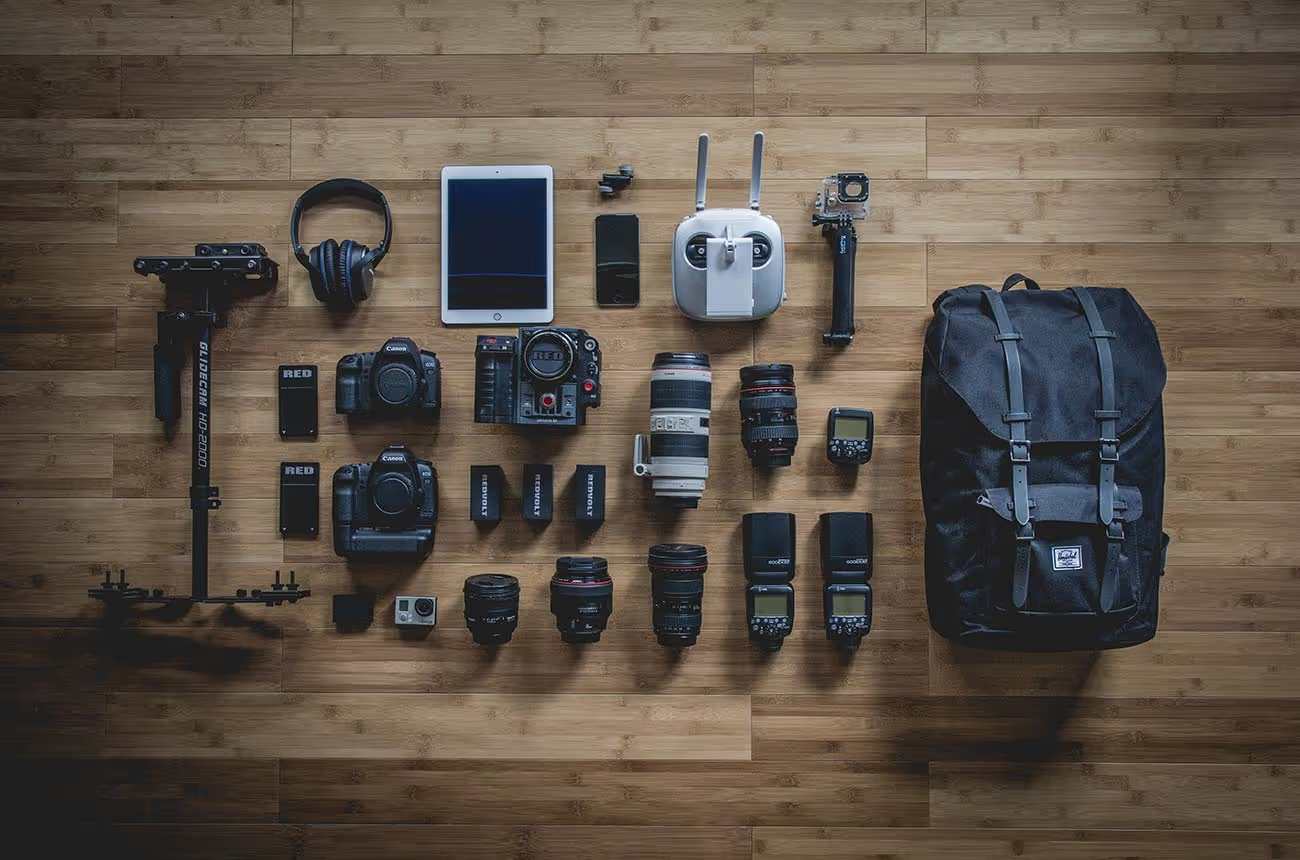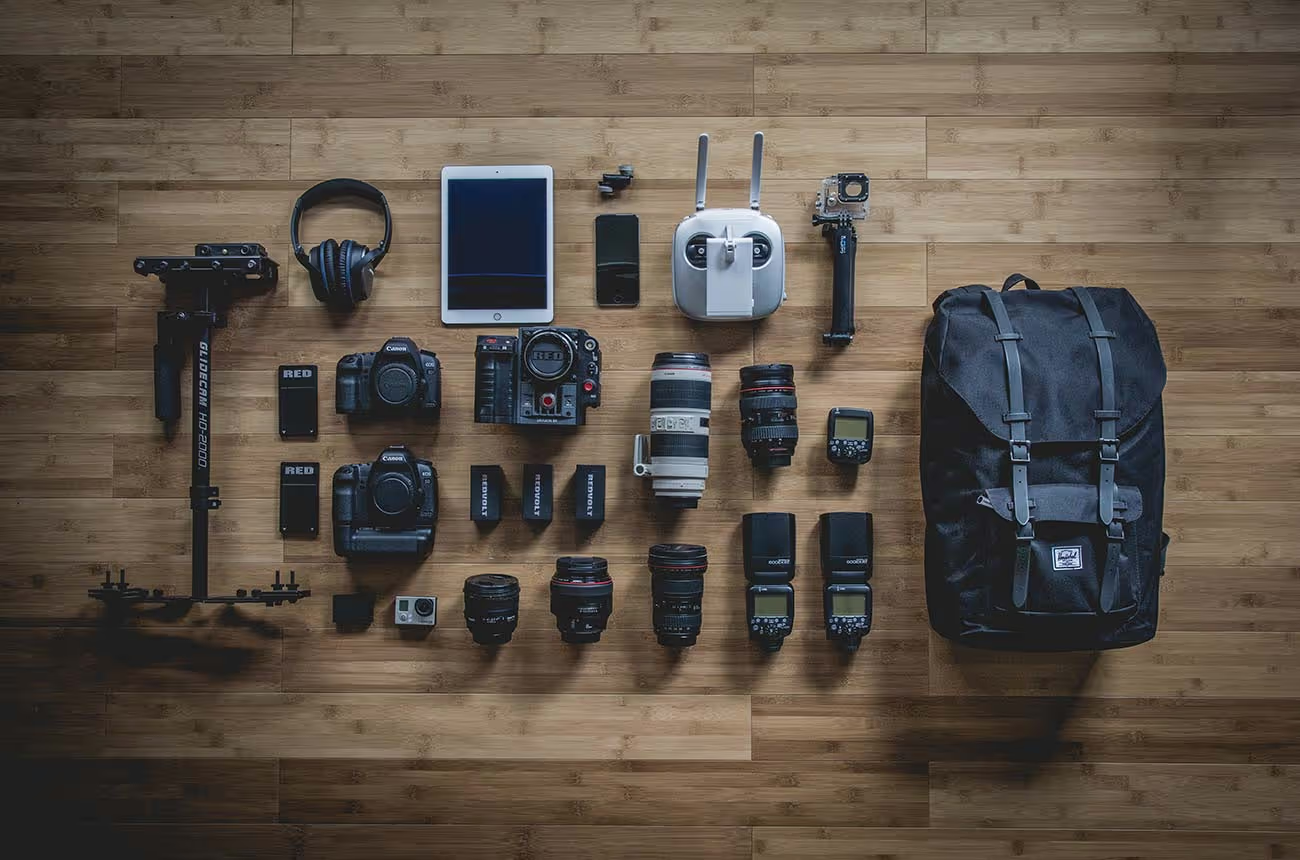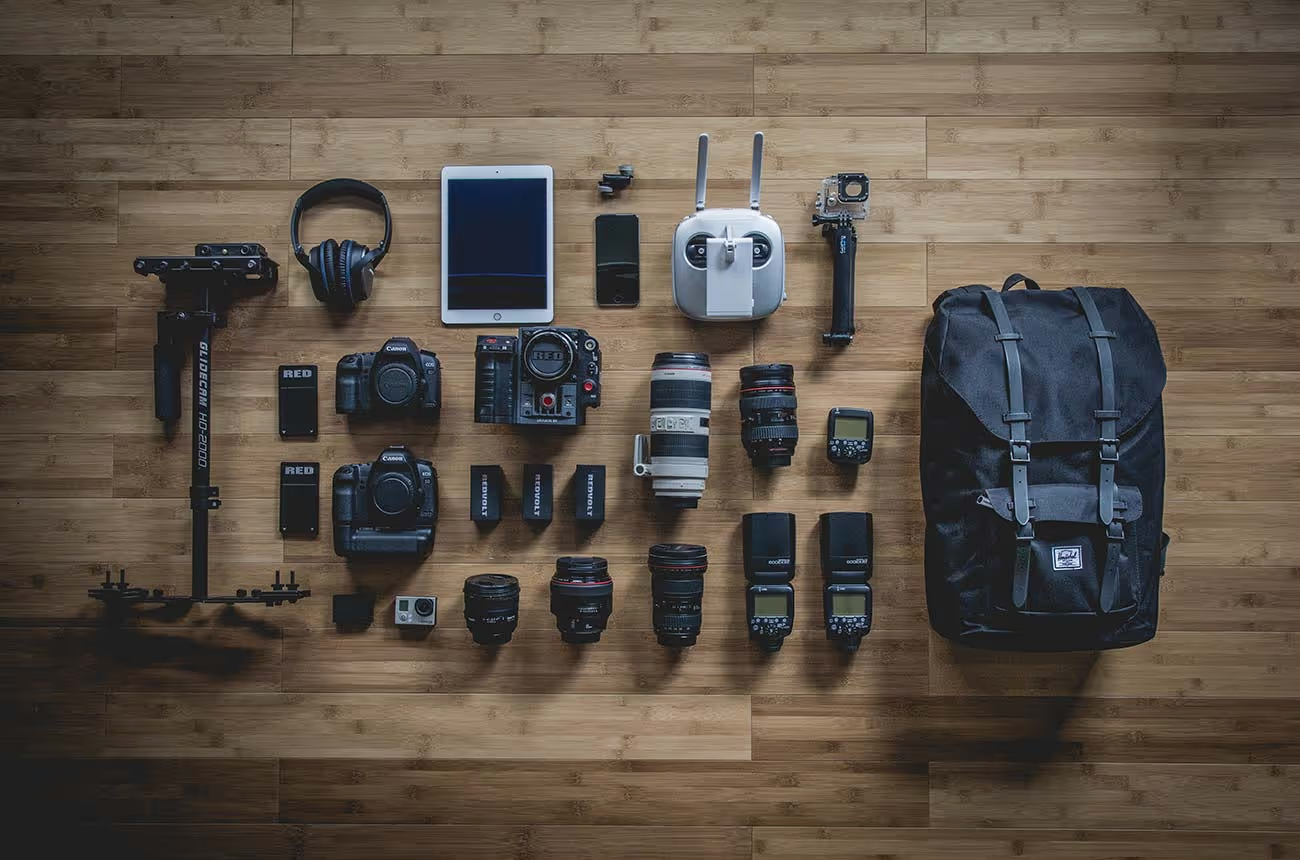
Dealing With Data
Paul Richards explores a potential minefield…
Recently, I found myself in a compromised position when a production required additional gear. I was unable to provide the bits needed, so I asked another rental outfit if they could help.
The client collected the gear, shot their gig, and began downloading the footage from the SxS cards to their laptop. Thirty minutes into a two-hour record, the data on the card stopped transferring. Essentially, the card jammed. The talent had left the country, and the producer let me know I was going to be held responsible for the lost data.
It rapidly dawned on me that, under the circumstances, he was right! The Consumer Guarantees Act or whatever prevailed… I had arranged gear which was not fit for purpose. If the footage could not be “unlocked” from the card, I was in for a rough ride.
It needs to be understood: I had not sighted the gear, tested it, or provided a contract stating my terms.
In good faith, I had given an address where the gear could be collected, and I trusted that the client would be happy to have made one phone call and that they had received a rapid answer to a simple question. I believed they could shoot and return the gear without question.
It also needs to be said that the data was recovered, albeit after a bewilderingly stressful time!!
This unfortunate experience led to discussions with equipment providers like Panavision and Rocket about who is responsible if data loss occurs. Panavision has a policy which states that their gear has been tested, and it is your responsibility to check and test before you commence a hire — that is, before you start shooting.
Film negative insurance requires that equipment is assembled prior to a shoot, that film is exposed to a range of tests, including colour batch tests and suchlike, and that lenses are also tested to ensure they are sharp and so forth. The lab results are the first step in a rigorous protocol of checks throughout the “image capture” process, which includes gate checks.
Panavision, who also offer the Genesis high-end digital movie camera, expect that similar tests are completed on their video camera equipment before anyone uplifts their gear. Their contract states that data loss is the renter’s concern.
Speak to any senior sound recordist on a drama programme or feature film about data loss and they’ll explain their protocols. They ensure they have copies of copies. They have negotiated deals whereby they are paid to preserve the data for a defined period, past the handover of dailies.
In the I.T. industry, data does not exist unless it is held in three places. And one copy must be held off-site!
At the other end of the spectrum:
The current trend toward smaller video cameras has willing crew wanting to provide equipment and often also a “data transfer service,” as part of their daily rate.
Recorded data is typically transferred to a single hard drive after a shoot, and each party heads away happy. The data on the drive gets ingested, then edited, and audiences eventually get to see the final image on a screen someplace.
But — what happens if the recorded image gets lost?
Who should be responsible for the data?
When does “hand-over” occur?
There is a real need to have some clarification of roles and responsibility.
With film stock, the camera assistant will perform film negative tests prior to shooting, and do gate checks after each successful take. They handle the footage and ensure the image is safe throughout the shooting process.
And in reality, it has always been accepted that “accidental loss of images” would happen from time to time. A lab might have an issue, or someone might do something dumb with an exposed roll. Replacement film or time was expected as recompense. No-one took responsibility for any “consequential losses.”
But in today’s market, producers expect that crew will provide equipment, skills, and also security for the completed image.
Obviously, if someone intends taking on this responsibility, the production will naturally expect to provide additional payment for services rendered — don’t you think!
On the other hand…
Many people I have spoken with deliberately avoid handling the ‘image’ or data/media, once it is removed from the camera. They profess to know nothing about data transfer. They offer no advice, and reduce their risk accordingly.
Protocols should be established regarding mirror back-ups, where a client can leave location with at least two copies of the footage/image.
I believe the best scenario is where the crew/cameraman/soundman/media manager (or whoever) decides it is their job to look after the data, and retains a duplicate copy of the raw footage on a separate drive (ideally a RAID drive), for at least one month. I understand that sound recordists on drama or feature work do exactly that.
The notion that data does not exist unless it is held in three places, with one copy being held “off-site,” does seem to be the most robust protocol. In fact, I think someone from the insurance industry may have said that!
In addition, I am told by my insurance person that everyone should have a contract which states exactly who is responsible for the image, and at what stage responsibility shifts to the next level.
That contract should also specify who is paying for the pleasure and the grief, should anything fail.



























